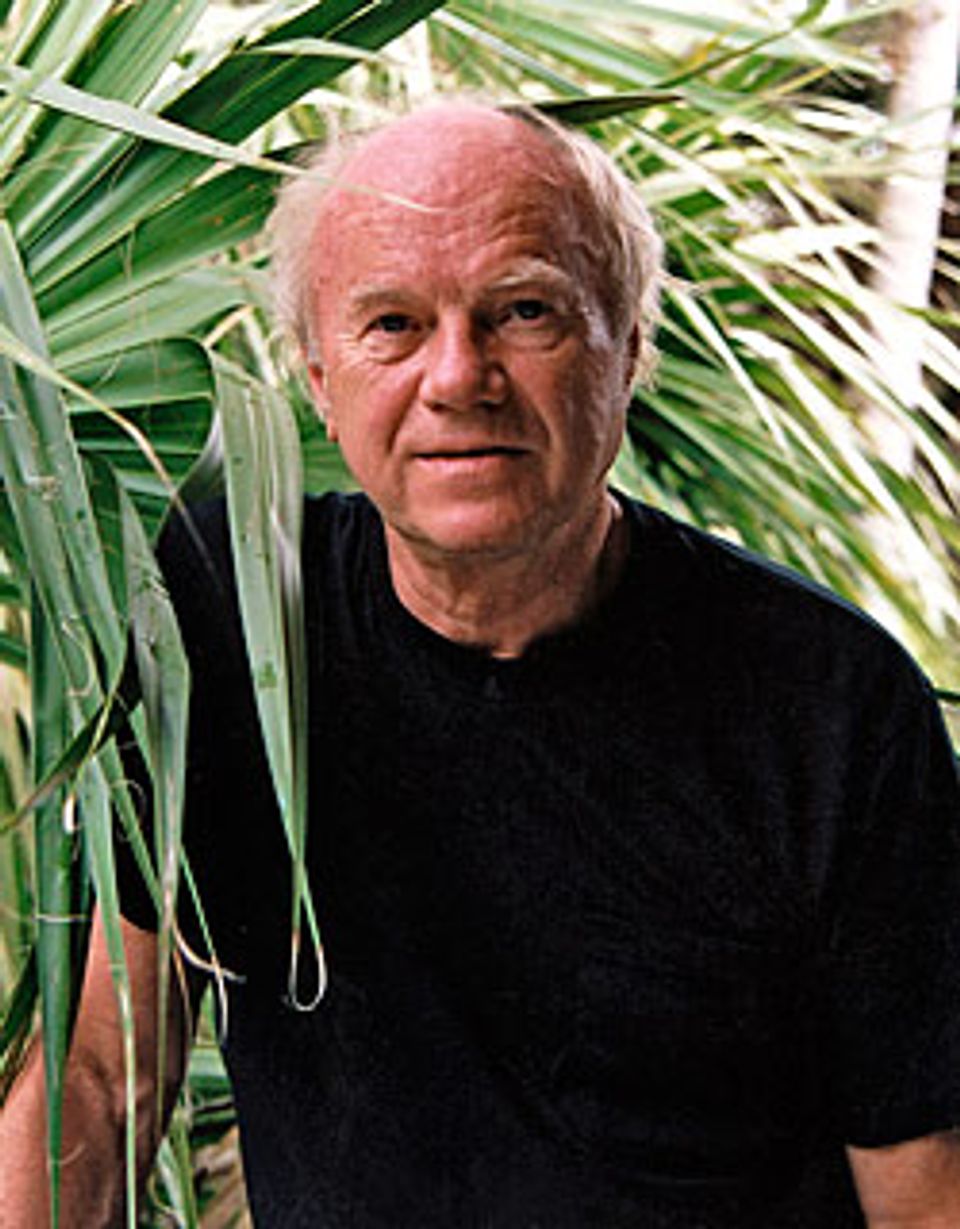

Interesting what happens when an artist speaks about his/her life and work: you get to see the other side of the canvas. As part of the Clarice Smith Distinguished Lectures in American Art, James Rosenquist, an artist on the Pop scene since the 1960s, spoke to an standing-room only house at SAAM on 11.28.
As a young man, Rosenquist painted signs and billboards way atop Times Square. (An article on him at the time referred to “the billboard Michelangelo who spills paint on tourists below"). That’s an art that’s all but vanished as the handwork once done by Rosenquist has been replaced by the use of photography. His talk was filled with reminiscences of teachers at the Art Students League who helped shape his work, including Edwin Dickinson and George Grosz. He spoke of the delicate quality of Grosz’s line, but he also recalled how Dickinson complained about the inaccurate positioning of the streets of Manhattan that adversely affected the north light.
Rosenquist seems all about height and showing that perspective in his paintings, many of them oversized. Speaking of heights, the artist’s parents were both aviators and started an airplane company that failed during the Depression. Still, you see glimpses of an upside down world in many of the works as if Rosenquist were giving a guided tour by air. In his talk, he mined his memories of the fifties and sixties to great effect. The title of the talk, by the way, was “Fine Art Is Not a Career.” During the Q&A after the lecture Rosenquist was asked how long it took him to complete one of this forty-foot paintings. His answer: “Seventy-two years, two months.” Sounds like a career to me.
View the Webcast of Rosenquist's lecture and check out his Industrial Cottage, acquired by American Art in 2006.



















